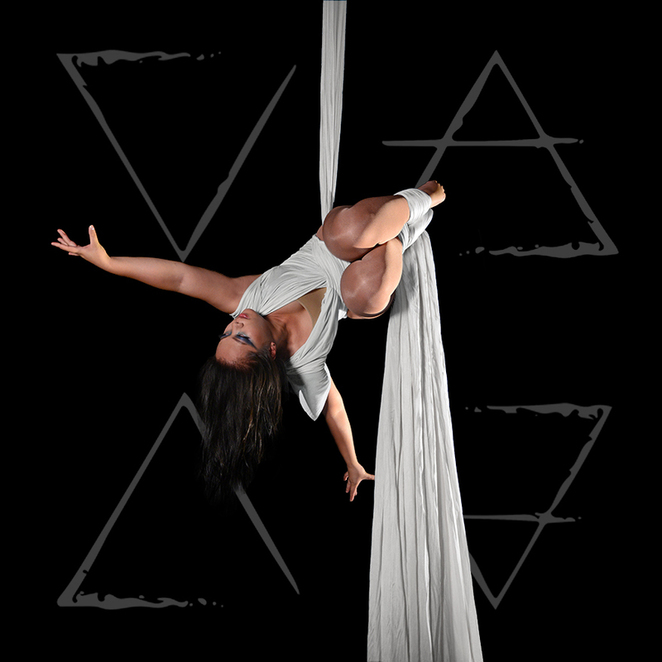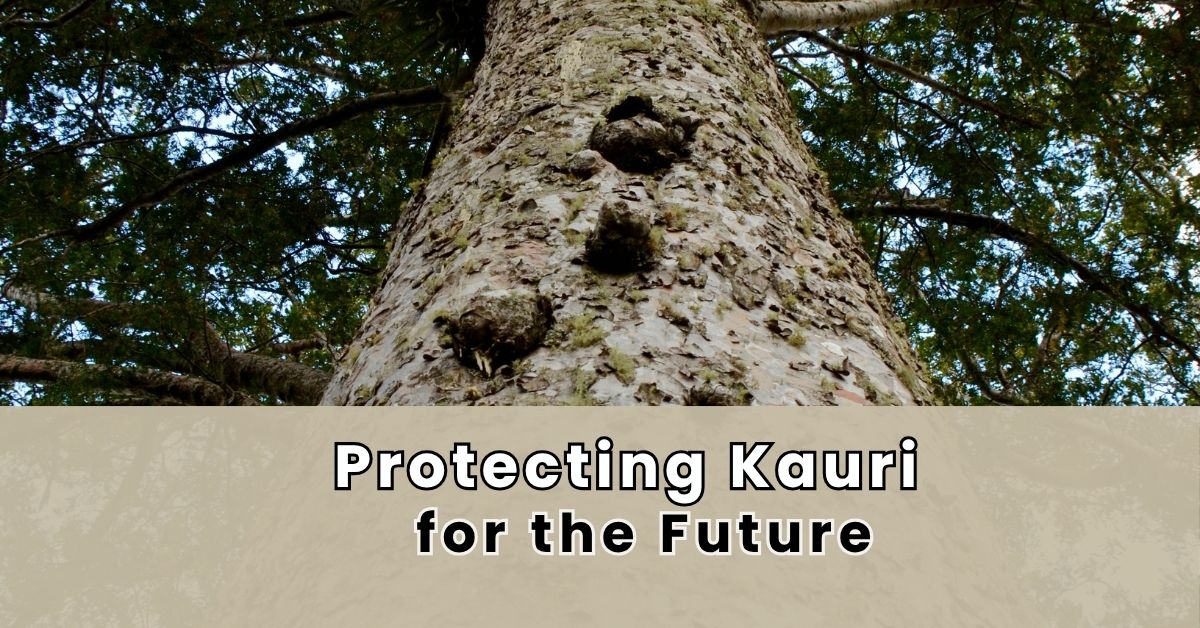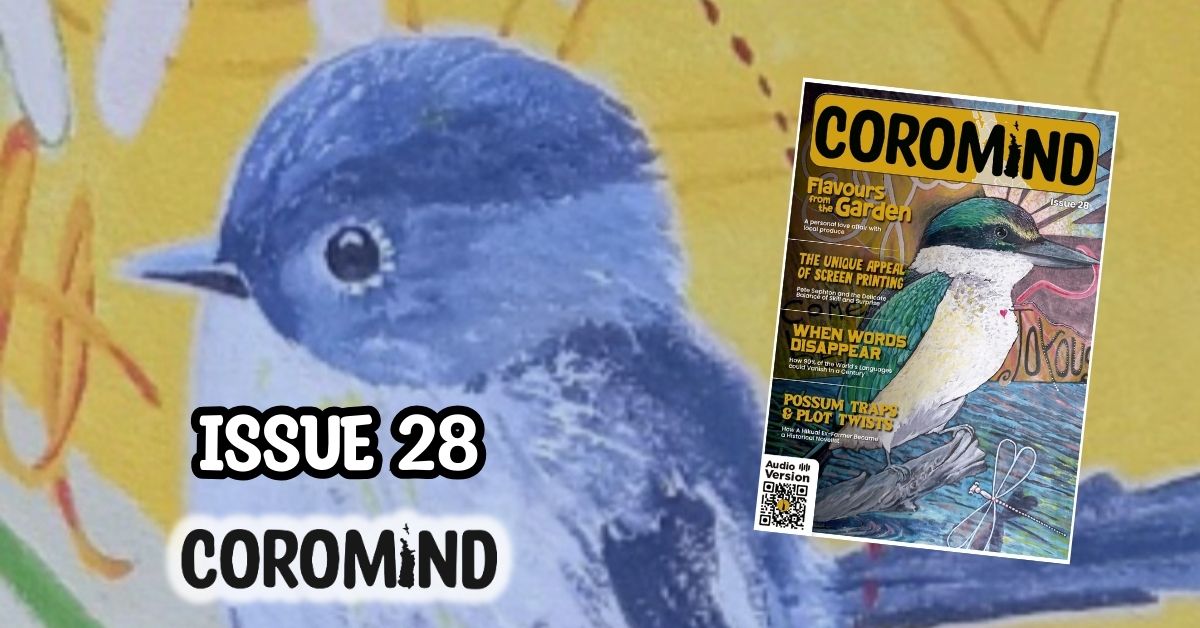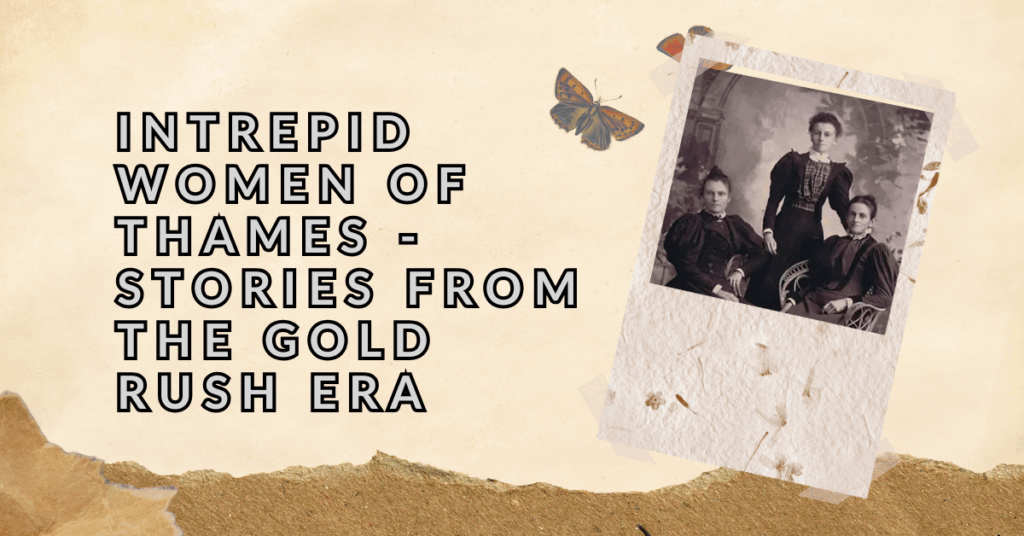
The women who settled in Thames during the goldrush of 1867 came from a variety of backgrounds and circumstances, which influenced their standing in the community.
All classes were drawn to the goldfields by the prospect of striking it rich!
A woman’s life on the goldfields was hard, primitive living conditions and a sense of isolation adding to their burdens. Unsealed roads, limited access to safe drinking water and rudimentary sanitation made life difficult, and the ever-present noise of the stamper batteries crushing the quartz to extract the gold would have added to the stress of life on the goldfields.
Despite the challenges, women came into their own; they established businesses, were shareholders, nurses, dressmakers, entertainers, and more.
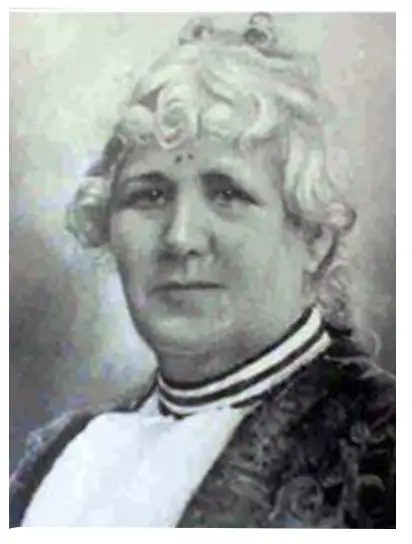
Women were often involved in the provision of food and accommodation, like Mrs Cole of Brown Street Grahamstown who sold oysters, pies and coffee; Mrs Norbury and Mrs Hodge, as listed in the 1892 Wises directory, who ran their own grocery shops; and Elizabeth Brown, who owned the Diggers Restaurant.
Other women supplemented their income by providing board and lodging in private homes.
There were women publicans in Thames, such as Sarah Jane Vaughan who was the proprietress of the Queen’s Hotel, corner of Albert and Queen Streets; however, many women, like Kate Twohill of the Brian Boru, ran hotels alongside their husbands.
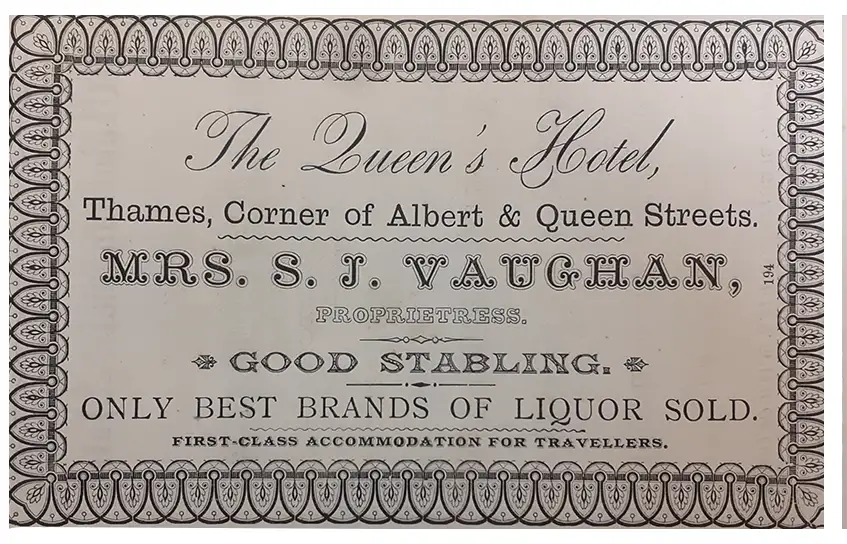
The women of Thames whose transgressions brought them before the courts were condemned, not only because of their so-called crimes and antisocial behaviour, but because they did not conform to the image of a ‘respectable’ woman. Other women brought their troubles into the public arena for reasons such as desertion, abuse, the need for financial support for themselves and their children, control of property and earnings, and divorce.
Philanthropic work came to the fore during the harsh early days on the goldfields. The Hauraki Ladies’ Benevolent Society was founded in December 1869 to raise funds and dispense charity. Eliza Sophia Mackay was elected the first president and treasurer, and Kate Macdonald her deputy.

Mary Leavitt of Boston, Massachusetts was sent to New Zealand in 1885 by the Women’s Christian Temperance Union of America.
One of the first places she visited was Thames, the union’s objective being to totally ban the sale of liquor.
In March 1885, the Thames branch of the WCTU was established with Mary Ann Stone, as president and Miss James as secretary/treasurer.
Social reformers argued that alcohol caused poverty, ill-health, abuse, neglect and social and economic instability.
Education was considered an important part of life on the goldfields, and schools sprang up all over town. Private schools were available to the children of the more affluent families of Thames, Miss Isobella Cary being one of the first teachers to start a school for ladies in 1869.
Another teacher of note was Miss Sarah Gott, who taught at Tararu School for 26 years. Thames Museum, Te Whare Taonga o te Kauaeranga, is honoured to be caretakers of the plaque raised in Miss Gott’s memory.
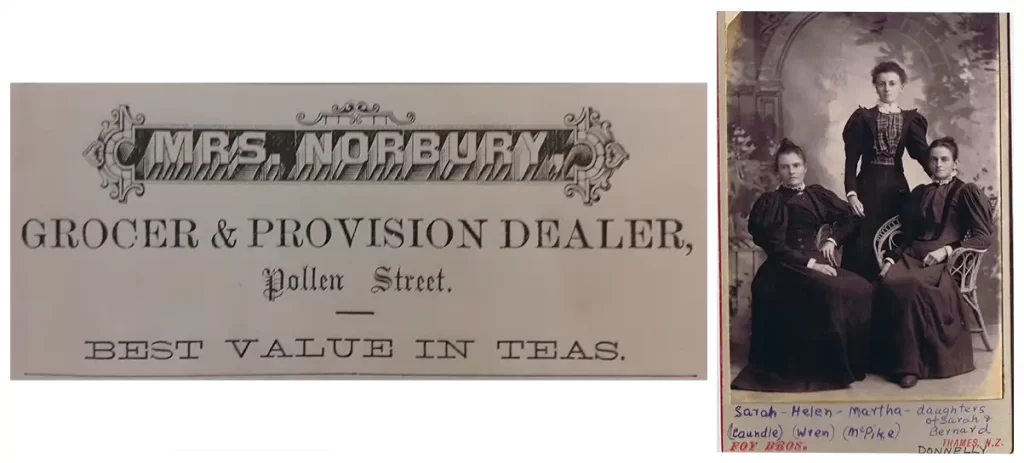
A number of teachers in Thames held university degrees, and applications for teaching positions came from around New Zealand and overseas. Mary Ann Colclough, who was a teacher in Thames from 1873-74, actively upheld the rights of women, and wrote many letters under the nom-de-plume of ‘Polly Plum’ to Auckland and local newspapers.
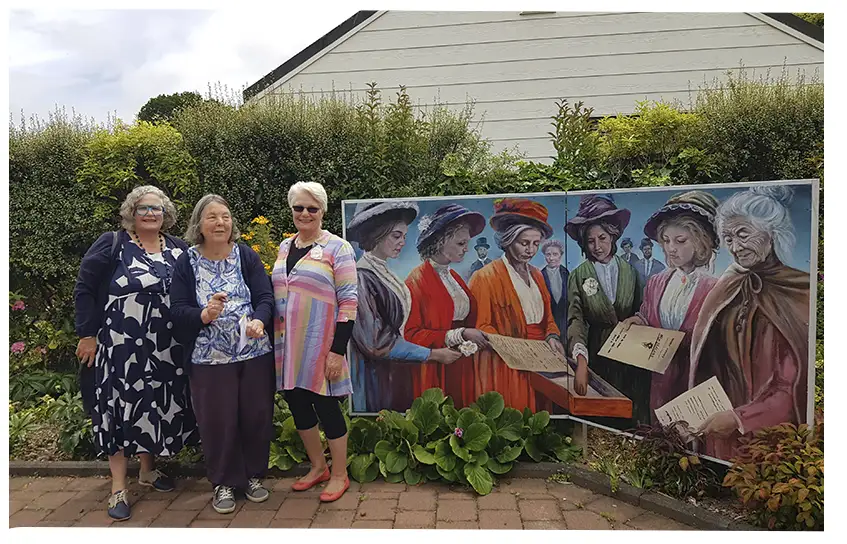
The women of Thames, and the men who supported their cause, heeded the franchise message. On the 19th September 1893, Governor Lord Glasgow signed a new Electoral Act into law, New Zealand becoming the first self-governing country in the world to grant women the right to vote in parliamentary elections.
There are women residing in Thames today whose ancestors came to the goldfields with hope in their hearts, and a pioneering spirit; relentless in their courage, they stayed to raise future generations, names forever recorded in the annals of this place they called the Thames.
Further reading: To Find a Fortune, Rosemary Killip.
Words by Robyn Pearce, volunteer, Thames Museum Te Whare Taonga o te Kauaeranga
Coromind: Coromandel’s Collaborative Magazine

Help us take Coromind Magazine to new heights by becoming a member. Click here
Change the Weather for Your Business: Advertise with Us.
Advertise your business in the whole Hauraki Coromandel in the coolest Coromandel Art Magazine, from Waihi Beach/Paeroa /Thames up to the Great Barrier Island.
Advertise Smarter, Not Harder: Get in Touch




